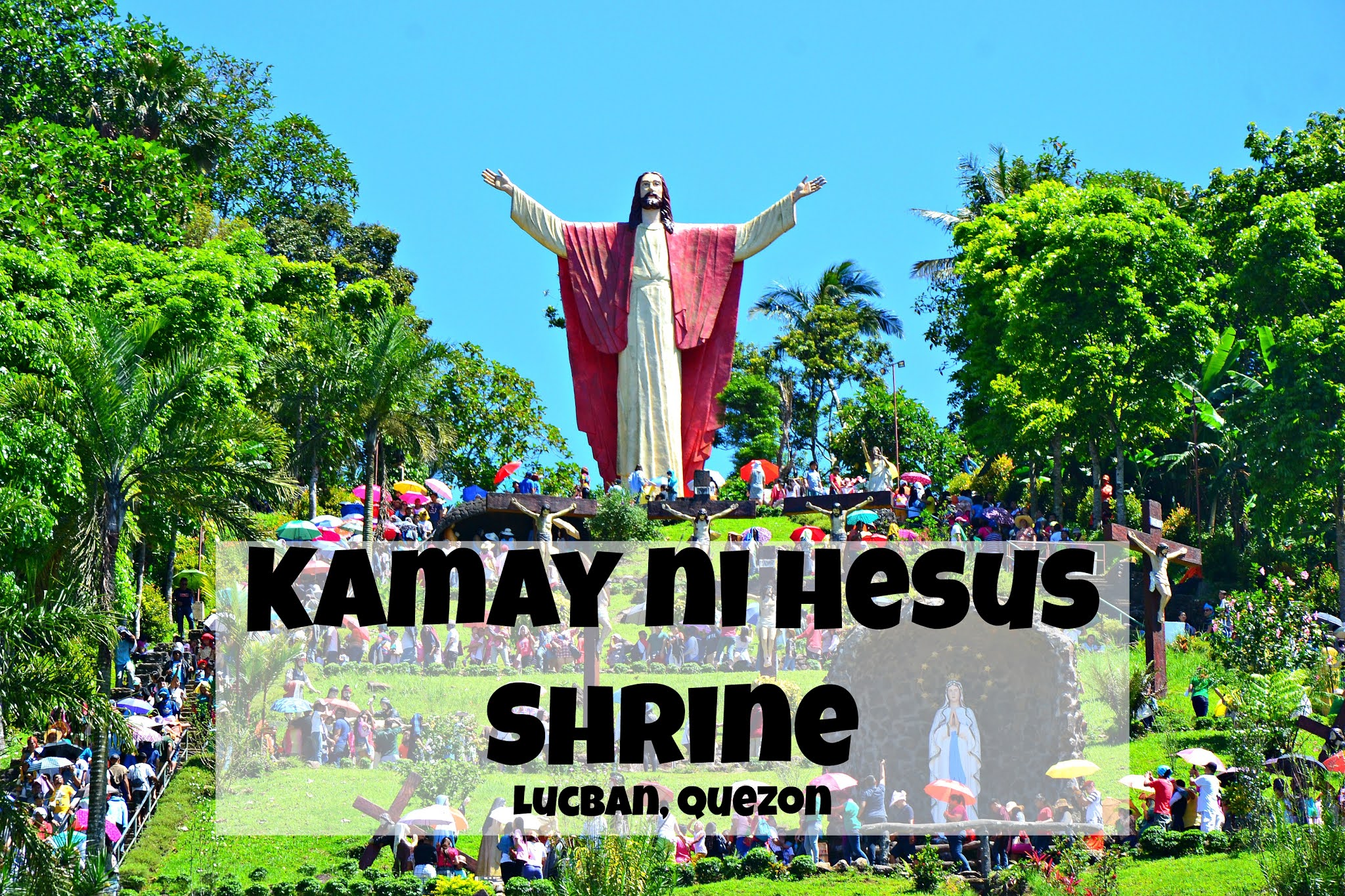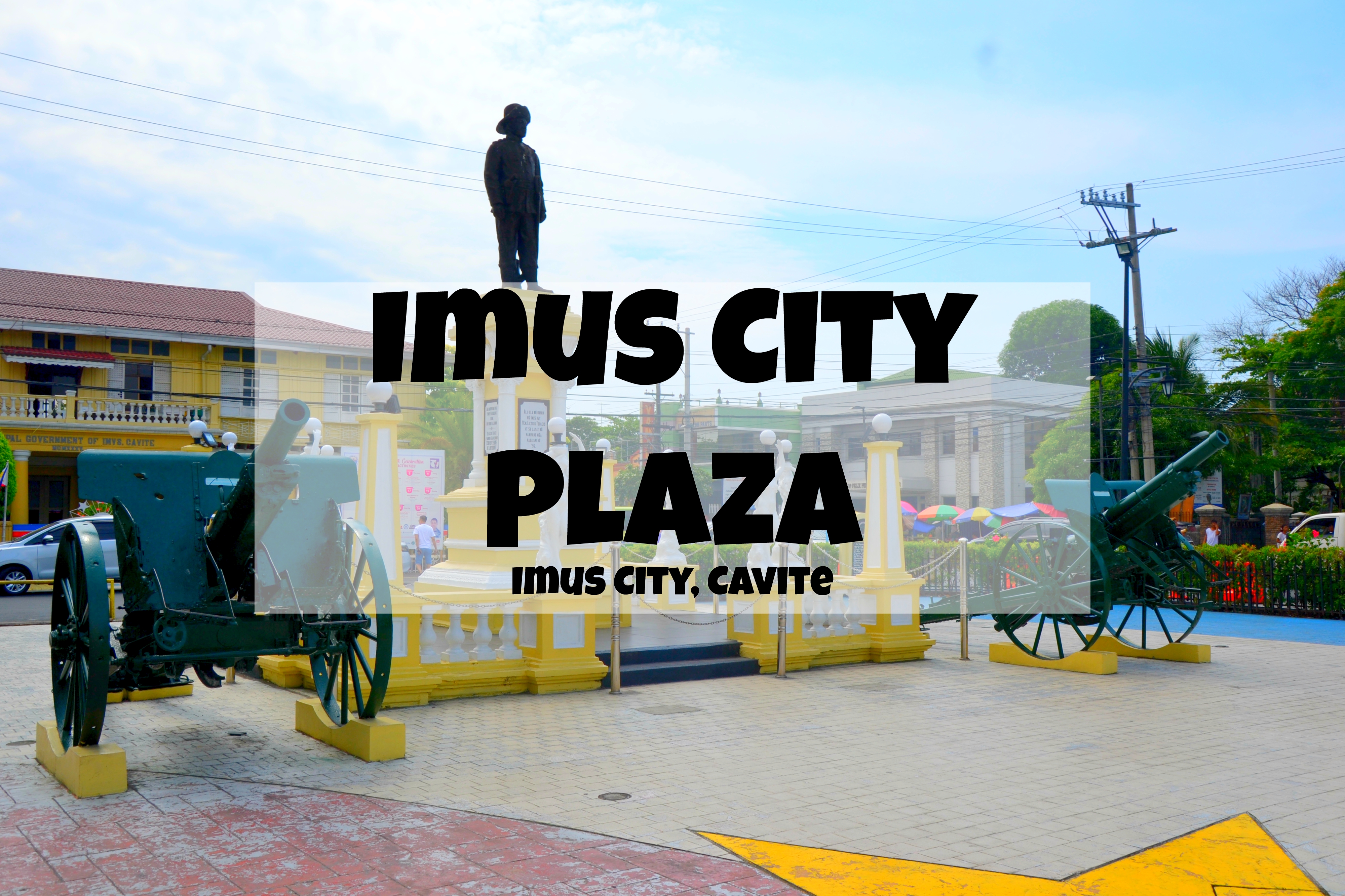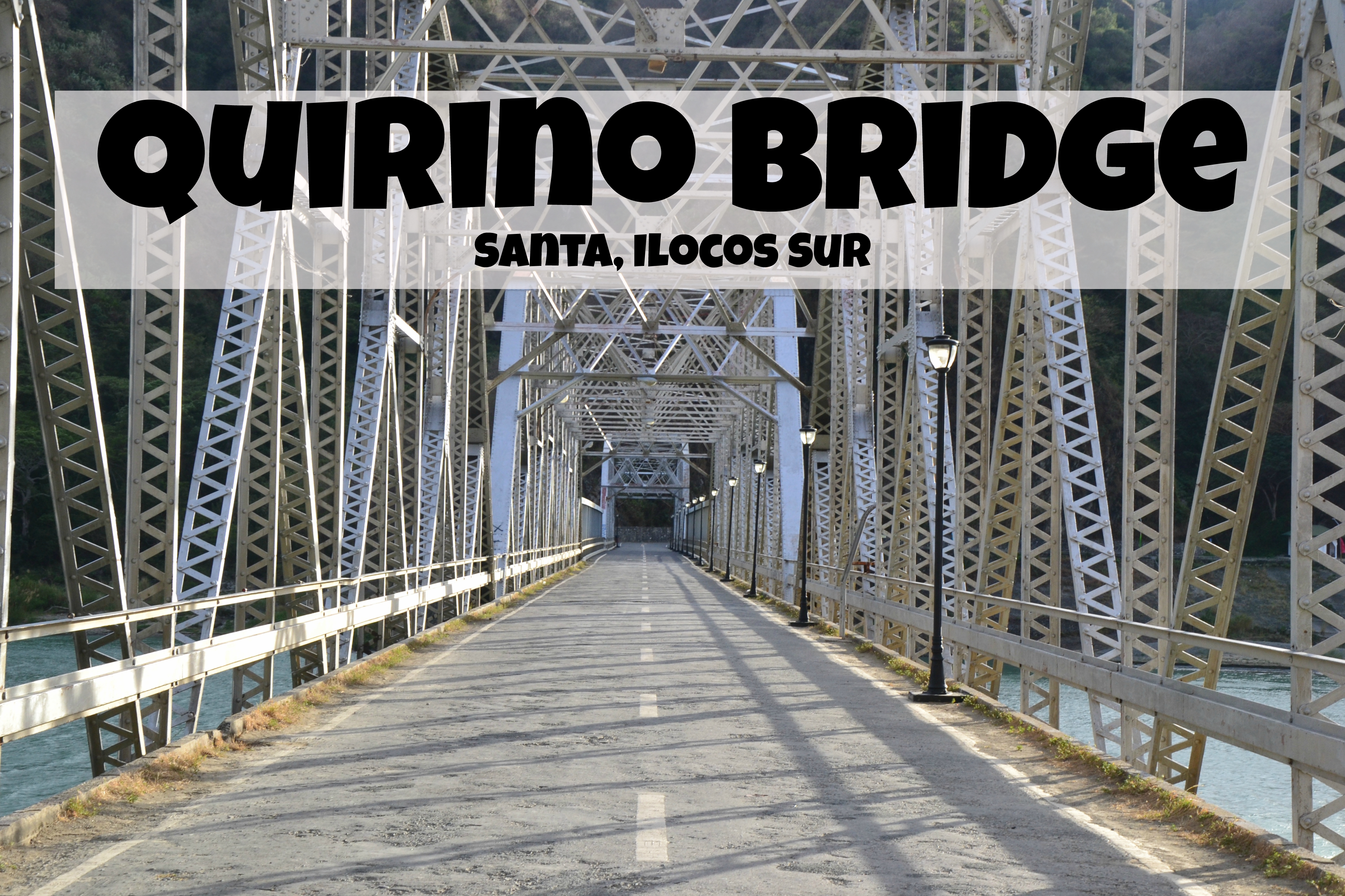Shiraoi Hachiman Shrine (白老八幡神社) is the main shrine of the town of Shiraoi. It is located at 1 Chome-1-11 Honcho, in the town of Shiraoi in Hokkaido Prefecture, Japan.
 |
| Shiraoi Hachiman Shrine |
Shiraoi Hachiman Shrine Details
Shiraoi Hachiman Shrine, located in Shiraoi, Hokkaido, has a rich history that dates back to the Edo period. Originally known as Benzaiten Shrine, it was built during the Edo period and mentioned in various historical records, including the Ezo Diary of Kenji Kimura from 1798.
 |
| Shiraoi Hachiman Shrine - Shiraoi town, Hokkaido Prefecture |
The transformation from Benzaiten Shrine to Hachiman Shrine occurred in August 1860, when the first contractor of the shrine, Noguchiya Matakura, requested the assistance of Honda Betsujin. At that time, the shrine underwent significant renovations and was officially renamed Hachiman Shrine.
 |
| 白老八幡神社 |
 |
| Shiraoi Hachiman Shrine's torii gate |
 |
| Shiraoi Hachiman Shrine's chozuya |
According to historical documents, the shrine's buildings were of considerable scale. For instance, a record from the Ichinoseki domain takeover in 1868 mentions that the Bentensha Ichiu, or the shrine's main hall, was particularly remarkable.
Shiraoi Hachiman Shrine's Main Hall
In March 1898, the shrine was designated as a Gosha by the Development Commission. During the same year, it installed Honda Besson (Honda no Mikoto), another deity, and became known as Hachiman Shrine, a gosha in Shiraoi District.
Monuments and Things to See in Shiraoi Hachiman Shrine grounds
 |
| Thirteen story pagoda |
 |
| Shiraoi Hachiman Shrine's Kasuga Lanterns |
 |
| Hidaka Stone |
 |
| Shiraoi Hachiman Shrine's Loyalty Monument |
 |
| Hotei Statue |
 |
| Ebisu Statue |
 |
| Shiraoi Hachiman Shrine's Shinto gate |
 |
| Zuishomon (瑞祥門) |
 |
| "100 degrees visit" |
 |
| Omikuji |
The shrine's old building was reconstructed in 1920. However, due to MacArthur's directive in 1945, the Gosha system was abolished. In 1944, the shrine was renamed Shiraoi Hachiman Shrine, which remains its current name.
 |
| Kagura Hall |
The current shrine building is the fifth generation and was rebuilt in 1972. In addition to the main building, the shrine office was constructed in 1954, and the Kagura hall, where performances and rituals are held, was built in 1957. Another noteworthy addition is the large torii gate, erected in 2004, making it one of the largest in Hokkaido.
 |
| Homare no Matsu |
On September 3, 1887, during the Meiji Emperor's pilgrimage to Hondo, the dwelling of Shujiro Osawa in Shiraoi Village was officially appointed as the imperial residence. The captivating beauty of the yew tree in the garden drew admiration from His Majesty. In response to this natural splendor, the Emperor graciously composed a poem, inscribing it on a strip of paper. Subsequently, the pine tree, now adorned with the Emperor's poetic tribute, was carefully transplanted to the grounds of Shiraoi Hachiman Shrine. This venerable tree came to be known as the "Homare no Matsu," forever commemorating the imperial recognition and the poetry that graced its branches.
Shiraoi Hachiman Shrine's komainu
Today, Shiraoi Hachiman Shrine serves approximately 8,000 households. It covers a total area of 264.4 square meters, making it an important cultural and religious center in the region. The shrine continues to hold various events and rituals to promote local traditions and instill a sense of spirituality among its visitors.
Team Nicerio visits Shiraoi Hachiman Shrine
My family and I first visited Shiraoi Hachiman Shrine last October 9, 2022, during the second day of our “October 8-10” Road Trip. It was my 342nd day in Japan as an ALT under the JET Programme. During our visit, my daughter and I paid our respects and offered prayers which has become our family tradition when visiting a municipality in Japan for the first time.
Shiraoi Hachiman Shrine Fees
It’s FREE to enter and explore Shiraoi Hachiman Shrine grounds.
Shiraoi Hachiman Shrine Operating Hours
Shiraoi Hachiman Shrine grounds are open 24/7. However, the shrine office is only open from 9 AM to 4 PM.
Why visit Shiraoi Hachiman Shrine?
Shiraoi Hachiman Shrine is the main shrine of the town of Shiraoi. Locals would often visit to offer prayers and wish for good luck and health. If you are looking for a place to meditate and offer prayers, this place should be included in your itinerary when you visit Shiraoi. Aside from that, you can also get a goshuin here.
Getting to Shiraoi Hachiman Shrine
From Sapporo Station, ride the Hokuto 14 Limited Express Hakodate to Shiraoi Station.
Once there, walk for about 11 minutes going to Shiraoi Hachiman Shrine.
Travel time: 1 hour and 13 minutes
Fare: 3,780 yen
Ratings
 |
| Crowd |
 |
| Cleanliness |
 |
| Overall rating |










































Comments
Post a Comment